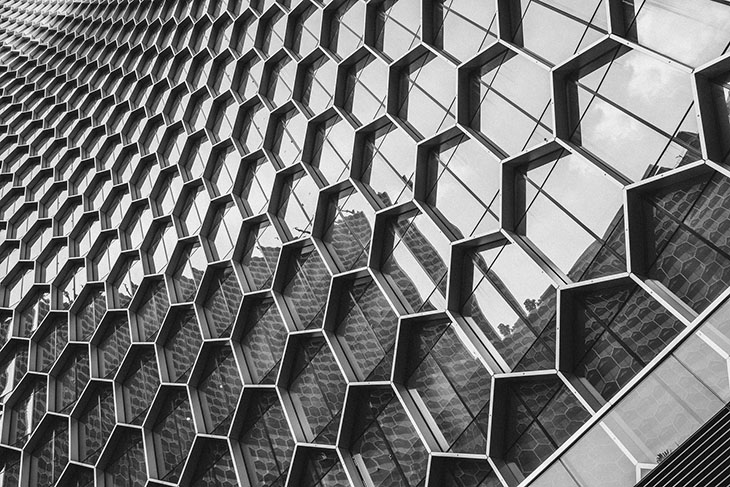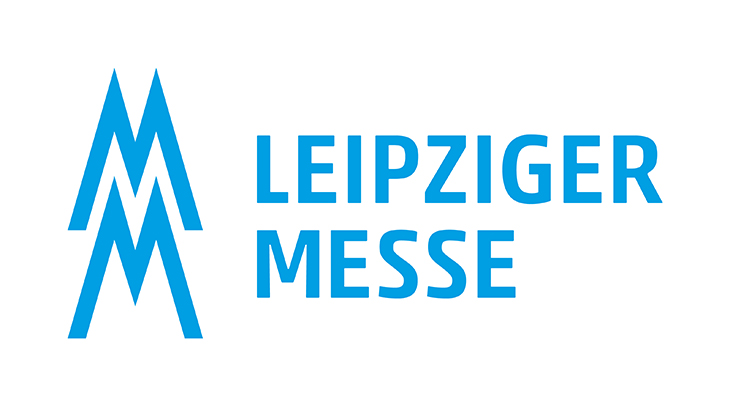Aluminum alloys have come a long way. Many advancements have transformed the use of various materials, but electrolytic aluminum technologies have been remarkably influential. It has allowed the material to be shaped, modified and deployed in new ways, creating many opportunities for unique surface treatment methods.
Aluminum surface treatment is vital to its use because the material doesn’t come out smooth and polished, and the finish determines how and where it’s used. It’s even more important for extruded parts and components. High polish or satin finish styles are excellent options for jewelry because they’re smooth, comfortable and glossy. Other finishes may be necessary in industrial applications, such as sandblasted, wire matte or even a stone finish reminiscent of masonry.
Why Alloys?
Metal materials are also being used more in industries where they weren’t common or popular, such as consumer electronics. That’s because it better reflects quality and durability than plastics. It’s also cheaper to use, and the finish is easily shaped and formatted.
An alloy material’s properties depend on the metals used in their creation, such as a gold and zinc mashup. The final product looks similar to gold yet is stronger thanks to the zinc. Aluminum alloy is typically resistant to temperature cracking, corrosion and other conditions, but it’s also easily weldable and an excellent choice for machining.
Aluminum alloy is at its best when it’s properly treated and finished. Here are just some of the surface treatment techniques.
1. Sandblasting
This method is pretty much what you’d expect it to be. It involves taking a nearly finished product and subjecting the surface to high-velocity sand flow. This removes a degree of roughness, especially on flat, open surfaces. It cleans up the appearance and feel of the material and improves the fatigue resistance of the piece, allowing for a more durable coating film.
Apple products are some of the best examples of this. Some others include TV bezels and frames and computer chassis.
2. Polishing
Polishing is what you see with most jewelry or wearable items, such as smartwatches and similar electronics. However, it’s not only used for wearable gear. In the industrial space, it’s often necessary to create parts or components that are made to scale. A perfectly polished piece reduces friction, heat and other problems in moving machines. It also results in fewer sharp or aggressive edges.
There are different types of polishing, including mechanical, chemical and electrolytic. With the exception of electrolytics, they rely on their namesake to finish the related material — mechanical methods versus chemical exposure.
Electropolishing and electroplating use a chemical process to remove thin layers of a material, like deburring. The workpiece is the positively charged anode, and it’s connected to a current and a negatively charged cathode. It’s then immersed in a temperature-controlled solution with a current that oxidizes and dissolves concentrated or tightly controlled metal segments.
3. Anodizing
Anodizing is the electrochemical oxidation of a metal or alloy material that forms a uniquely colored oxide film. This changes the material’s appearance, often converting it into a darker and more uniform shading. The black stainless steel and gunmetal colors you’re used to seeing in modern appliances can be achieved through anodization.
It also makes the surface harder, stronger and more wear-resistant. It vastly improves the lifetime of aluminum, especially when exposed to various conditions.
An offset of this is called two-color anodizing, which involves a similar yet more complex process, resulting in vibrant coloring. This is how manufacturers achieve metallic hues. We see this in the smartphone and tablet markets, where device housing goes beyond silver.
4. Surface Strengthening
Some newer forms of surface strengthening and treatment operate by creating a protective film over aluminum alloy. Photoelectrocatalytic surface strengthening is one such method.
In the automobile industry, these techniques give the chassis and other parts better weathering and corrosion resistance. The organic coating allows for the resulting products to last longer than they would in natural form.
5. Drawing
The best way to describe the drawing process is scraping or grinding sand sheets along the surface of a material to make it appear as if small lines are being drawn on it. The prime example of this is a material with evenly distributed horizontal or vertical lines across the surface, but the drawing process doesn’t have to be uniform. It can have a chaotic finish with swirling, crisscrossing and thread-style lines.
The result still leaves a relatively smooth finish, albeit less glossy and smooth than polishing. It also creates an aesthetically pleasing appearance that’s a bit more rustic or weathered.
Refinishing Aluminum Alloys
Refinishing metal components and materials, including aluminum alloys, can give your finished product a higher-quality feel, along with several property improvements. Choosing the right finish for each product is vital, but all methods provide welcome visual and property improvements.
Emily Newton is an industrial journalist with over five years experience covering the manufacturing sector. As Editor-in-Chief of Revolutionized, she also covers trends in other industrial sectors, like logistics and engineering. Subscribe to her newsletter for more of her articles.
Image credit: https://www.pexels.com/photo/architectural-photography-of-glass-buliding-1492232/























